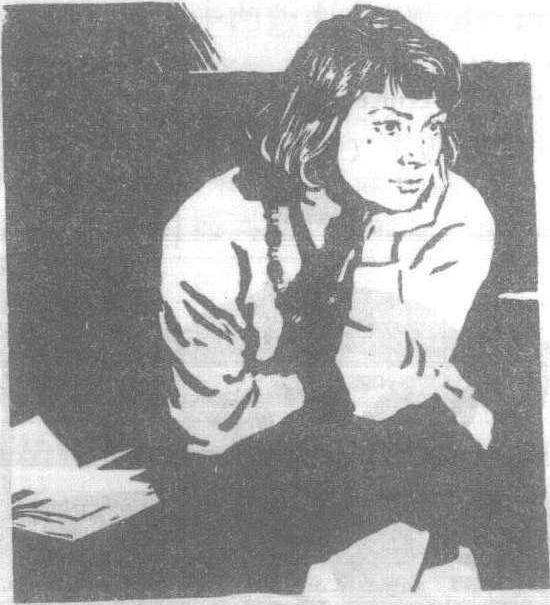麻胶版画
用麻胶版刻制的版画。麻胶版是铺地和墙壁用的材料,以树胶、木屑纤维和粗麻布合成,此木版软又没有纵横纤维,用刻刀在麻胶版上刻划较轻松自如,适宜表现大块的黑白和刀法效果。苏联和欧洲的版画家喜爱用麻胶版。刻制方法与木刻基本相同,但只适用油印版画。
麻胶版画Majiao banhua
用木刻刀在麻胶版上刻制的一种凸版画。麻胶板是铺地面和墙壁用的一种板材,以树胶、木纤维和粗麻布合制而成。刻起来比较软,又没有木板纵横纤维的干扰,运刀轻松自如,适宜表现大块的黑白和简练粗放的刀法效果。许多欧洲的版画家喜爱刻制麻胶版画,亦称漆布刻。刻制方法与木刻基本相同,黑白、套色均可,但只适合油印,并可用版画印刷机印制。

人像(麻胶版) 玛努辛(苏联)